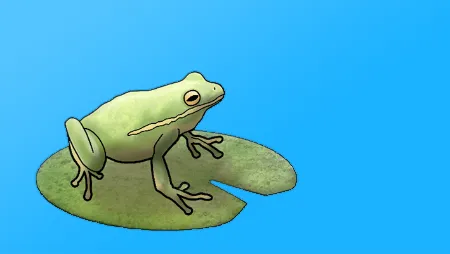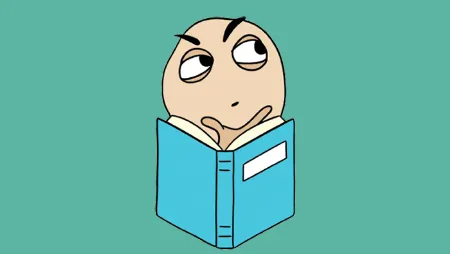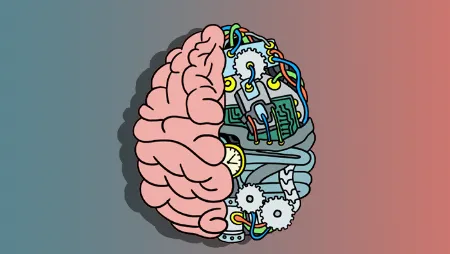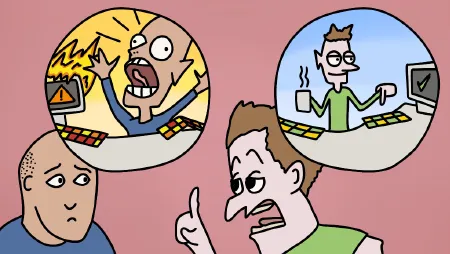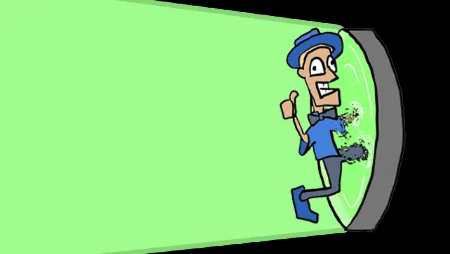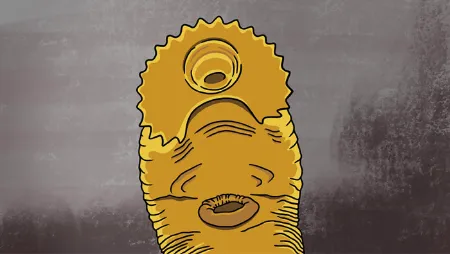Classical conditioning is a type of unconscious learning process. It happens when two things are linked together enough times that our brains make a new rule, even when it's an irrational one.
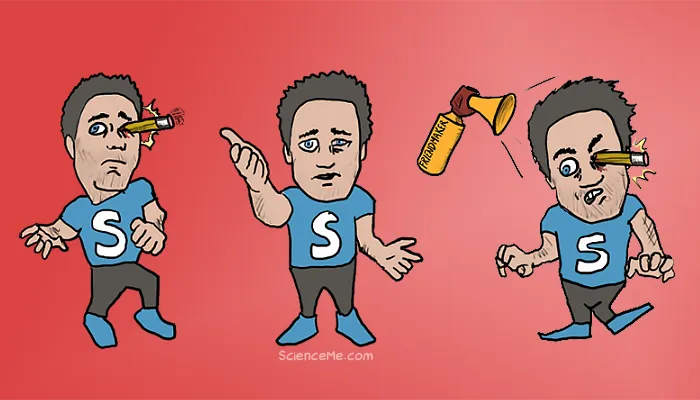
This is my friend Sutton, who volunteered for a completely harmless experiment in classical conditioning.

Let's start by poking him in the eye.
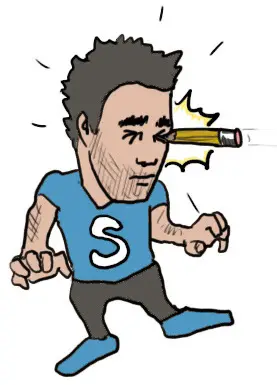
Oh! He didn't like that. Look at the way his eye is all twitchy and red.

This is great. Primal responses like pain and hunger are excellent fodder for classical conditioning. Let's poke Sutton in the eye again.

Look at his silly little face. He's getting quite angry, isn't he?

From a psychological perspective, each rough gouge to the eye is an unconditioned stimulus. Sutton wincing in pain is an unconditioned response.
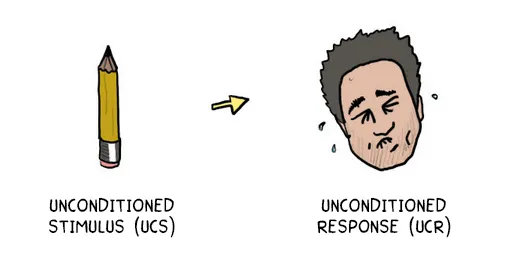
Ok, enough messing around. Let's start the experiment.
How to Classically Condition Your Friend
Today we're going to classically condition Sutton. Soon, he'll react to a perfectly harmless object as if it's going to cause him great pain.
First we need a neutral stimulus. This can be any specific trigger, like a sight or a sound, that currently doesn't provoke any reaction.
Ah—an air horn! Great suggestion.*
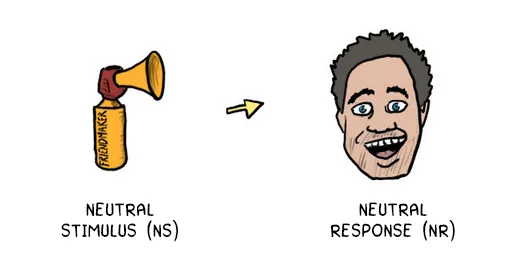
*Actually, air horns are terribly loud and startling and not exactly "neutral". However, air horns are inherently funny so let's use this anyway and pretend Sutton currently has no reaction to air horns.
If you want a more appropriate neutral stimulus for your classical conditioning experiment, use a ringtone on your phone, or make a novel alien sound with your mouth hole.
The Acquisition Phase
Now let's poke Sutton in the eye and simultaneously blast him with the air horn.
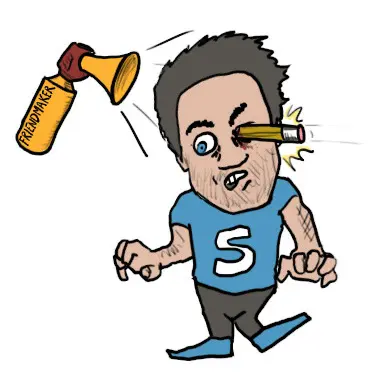
This is called the acquisition phase of classical conditioning. Our neutral stimulus (air horn) is paired with our unconditioned stimulus (pencil jab).
In dog training, a neutral stimulus is a new command like "sit" or "stay" and is paired with a delicious treat. In the long run, you drop the treat and the command is effective on its own. Likewise, we'll soon drop the pencil jab and the air horn will evoke the reaction all by itself.
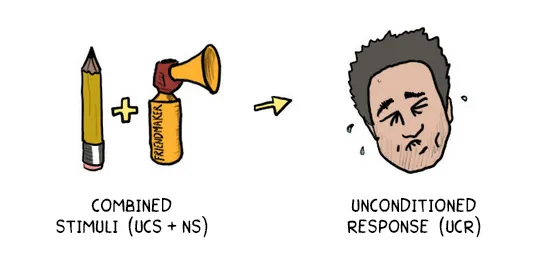
New behaviours can be conditioned in a single exposure, especially if the stimulus is really powerful. It's like that time you ate cheesecake, got really drunk, and threw up six times in one night. And now you can't eat cheesecake any more.
However, we're going to repeat the acquisition process a few more times for good measure. After all, good science means getting hard results.
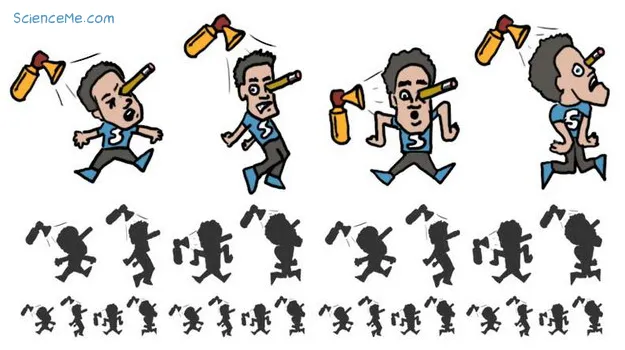
Soon, Sutton forms a powerful association in his mind. We can lose the pencil altogether now. The sound of the air horn alone causes him to anticipate acute physical pain and flinch at nothing!
How Classical Conditioning Works
Classical conditioning works by leveraging our unconscious pattern-finding instincts. Here, we've created a pattern of association between two unrelated stimuli.
As a result, the innocent air horn now produces a spike in heart rate and blood pressure, as well as a solid shot of cortisol. This fight-or-flight is our natural way of avoiding pain—perhaps death!
For Sutton, the air horn is now a conditioned stimulus that produces a conditioned response.
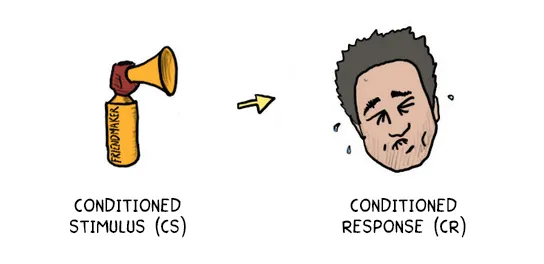
The Generalisation Phase
Generalisation means that any sudden horn-like sound now makes Sutton mad. He associates lots of sudden noises with pain in general. Yaybies.
Ultimately, this means that Sutton can't go to sports events anymore, and I can't turn up at his house without having to empty my pockets of air horns.
But hang on... Won't he eventually remember that air horns in isolation don't produce stabbing pains in his eyes? Yes is the answer. The answer is yes.
The Extinction Phase
In the extinction phase, all our hard work will be undone, and Sutton will once again have a perfectly normal reaction to air horns.
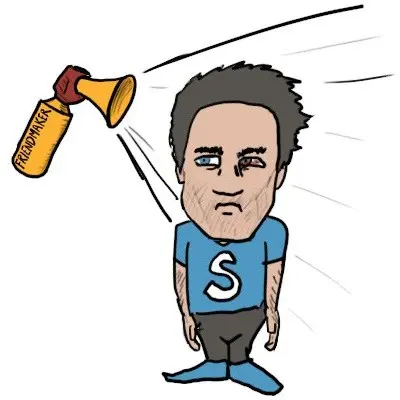
Eventually, the conditioned response will fade away altogether. It's like training your dog to sit as a puppy and then forgetting to use that command for the next seven years. The connection disappears.
To avoid extinction, we must reinforce the association with one unholy horn blast and a solid poke in the eye. One clean exposure is all it takes to restore the effect of classical conditioning.
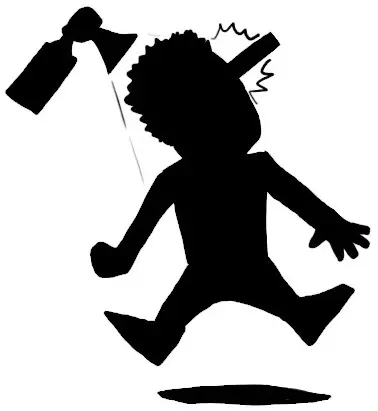
Hooray! Sutton is once again terrified of air horns (and, by association, me).
This is the power of classical conditioning. Try it on a friend near you today—for science!
